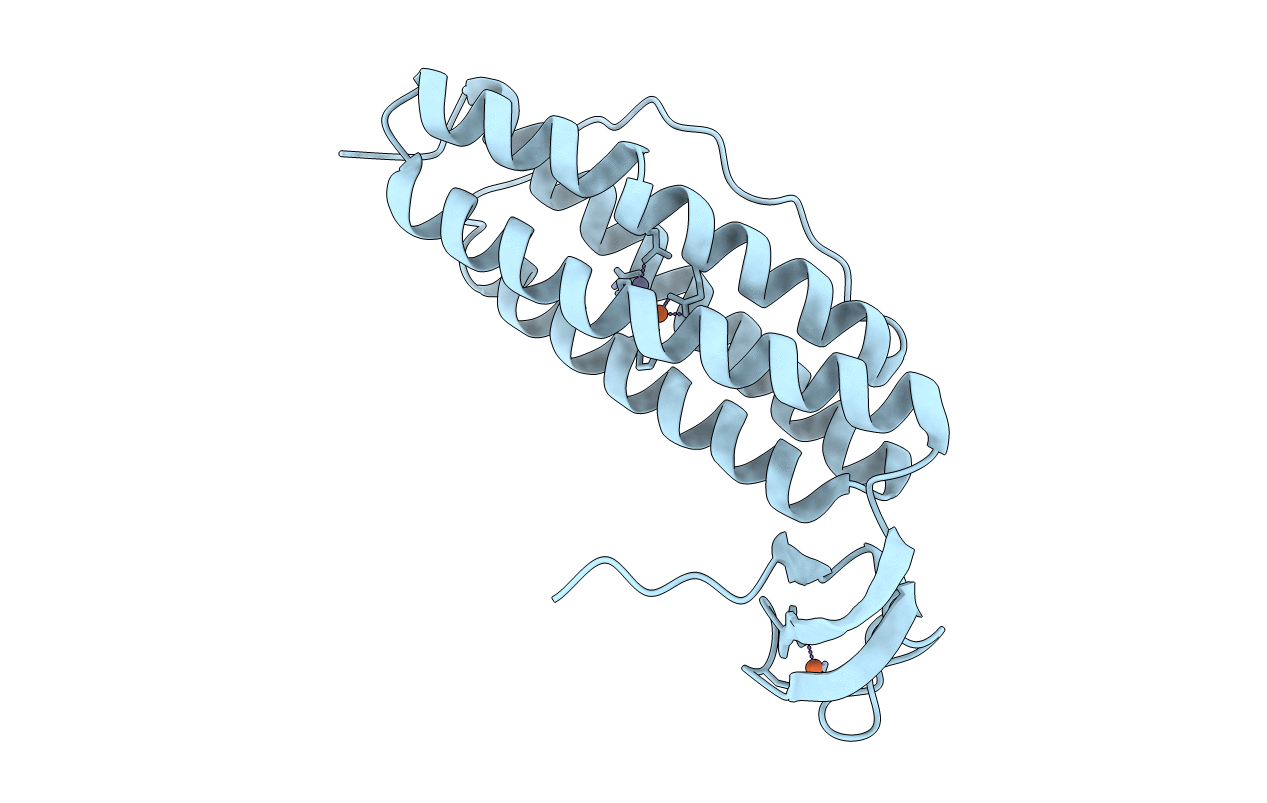
Deposition Date
2001-09-11
Release Date
2002-09-11
Last Version Date
2024-03-13
Method Details:
Experimental Method:
Resolution:
2.20 Å
R-Value Free:
0.23
R-Value Work:
0.18
Space Group:
I 2 2 2


